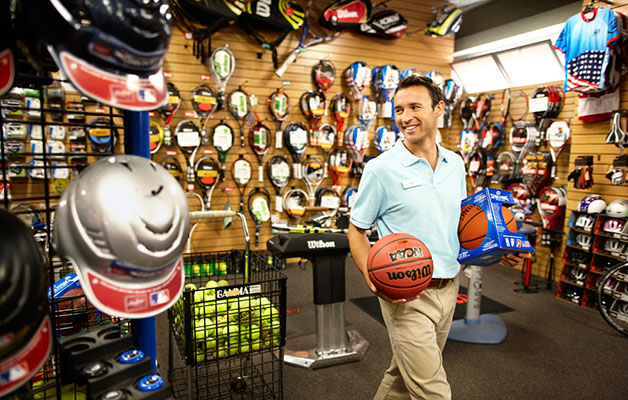
Seven Tips to Help Prevent Retail Injuries
Retailers, like all businesses, are required by the Occupational Safety and Health Administration Act [1] to provide a safe and healthy work environment for all employees. The best way to protect employees from harm is to institute a comprehensive safety program and make sure all employees understand the policies and procedures they need to follow to keep them and their coworkers safe. The goal of any safety program is to prevent workplace injuries, illnesses, and deaths, and the pain and financial hardship they can cause employees, their families and employers.
These seven common-sense retail safety tips can help keep your store employees safe and productive:
- Reduce the likelihood of slips, trips by keeping walkways, store floors and stockrooms cleared of loose items, trash and merchandise.[2] Make sure electrical cords are securely fastened to the floor. If the floors are a hard surface, keep a mop and bucket in the back room and quickly clean up any spilled liquids before placing signs to warn patrons and employees. Keep floors clean and dry at all times. Slips, trips and falls resulted in 26,600 retail worker injuries, per the most recent Bureau of Labor Statistics report.
- Organize backstock and do not overload store shelves, as product could fall and potentially injure an employee. Establish clear and simple receiving procedures to make sure shipments are unpacked and stored in an orderly manner. Promptly breakdown and discard packing materials.
- Reduce the likelihood of an employee sustaining a cut or laceration by training all workers on proper handling of box cutters. Employees should always cut in a direction away from their body, and extend the blade only to the thickness needed to cut through cardboard. Employers should also regularly replace the blades, as a dull blade will snag and tug, which is more likely to cause hand slipping and cuts.
- Always use caution when using a ladder and do not use a ladder for any other purpose than intended. Never place a ladder in front of a door that isn’t locked, blocked or guarded. Make sure the weight your ladder is supporting does not exceed the maximum load rating. Only one person should be on a ladder at a time.
- Check for fire hazards such as frayed electrical cords or loose wires. Make sure all exits are clearly marked and that fire extinguishers are easily accessible.
- Make sure there is adequate lighting in all areas of the store, including entrances, back exits and store rooms. Consider installing a surveillance system as an additional safety precaution for employees exiting rear doors into dark and empty parking lots such as to discard trash.
- Some of the most common retail worker injuries are sprains, strains and tears.[3] Most retail workers are on their feet throughout their shift, only breaking limited times a day to rest. Prolonged standing and repetitive motions such as reaching, bending, lifting and folding could lead to muscle fatigue, back and neck pain and tendonitis. Employers can reduce the likelihood of these common retail injuries by training employees on proper lifting techniques and encouraging frequent periods of rest and gentle stretching.
By proactively addressing potential risks in the workplace, retail store owners can reduce the possibility of workplace injuries and illnesses. For more information on creating a safe workplace, contact EMPLOYERS®[4] today.
